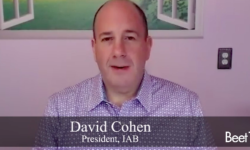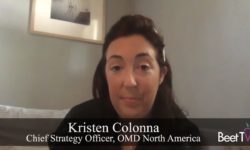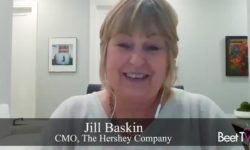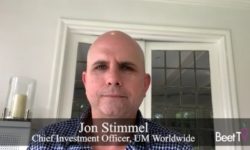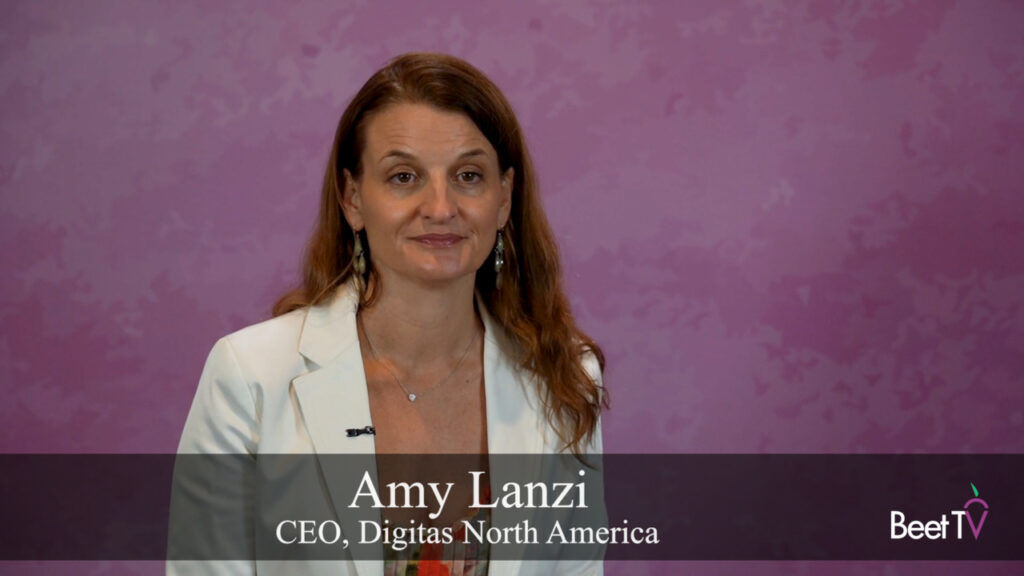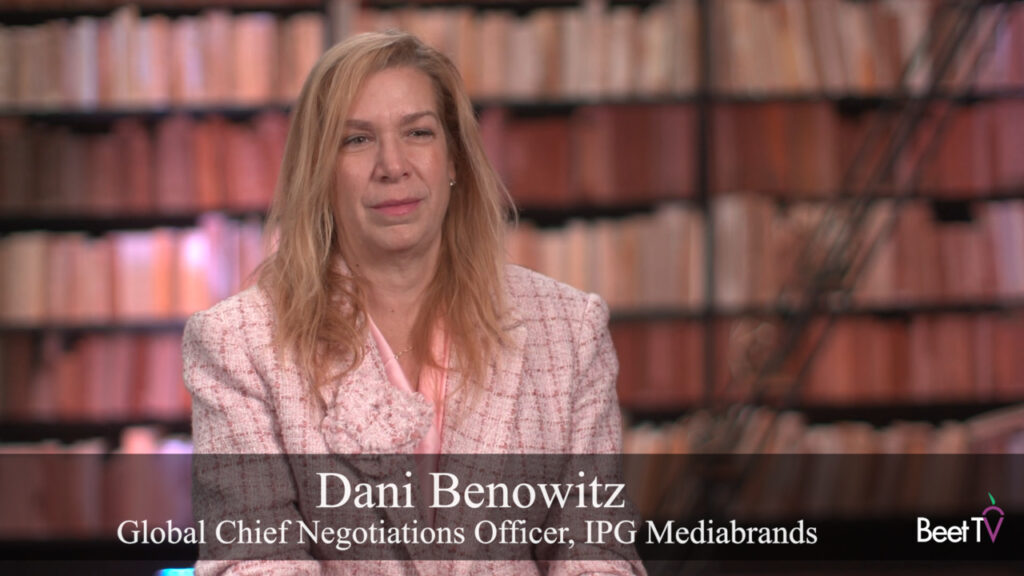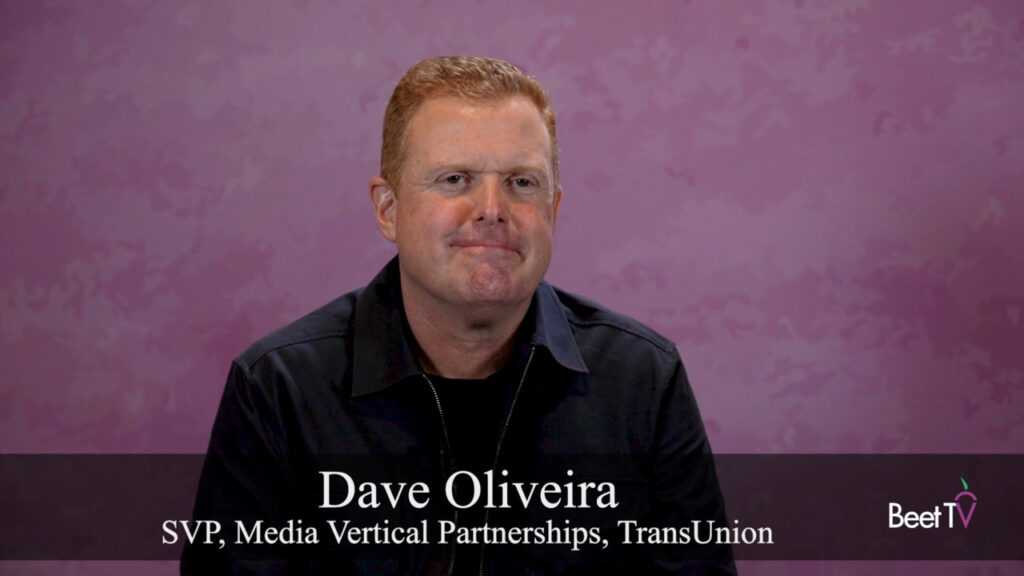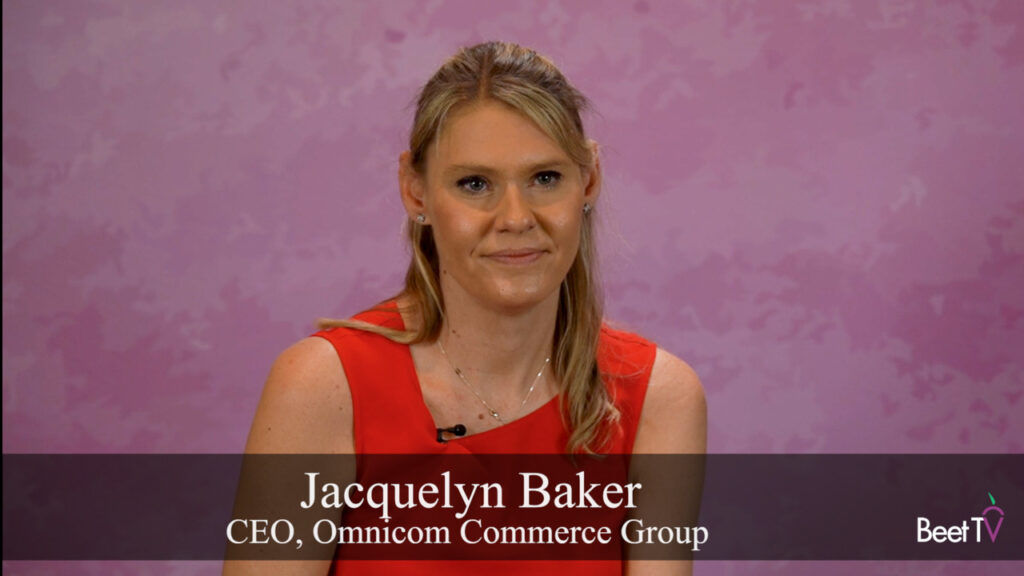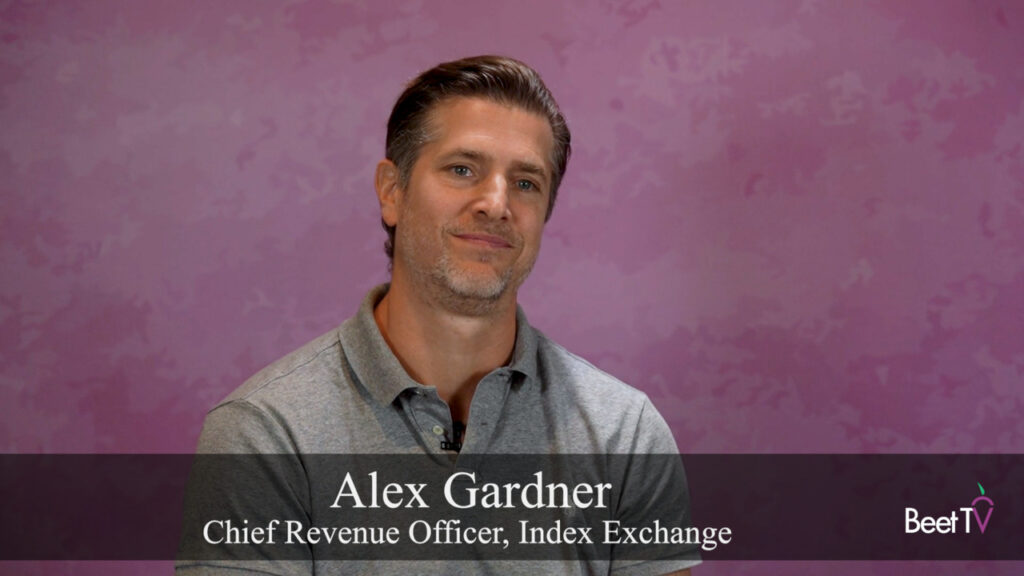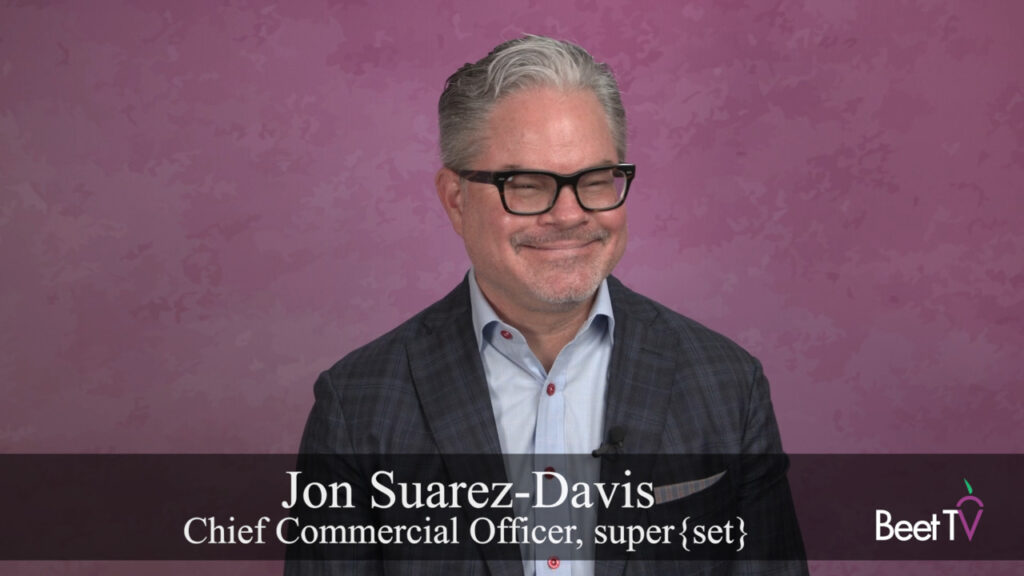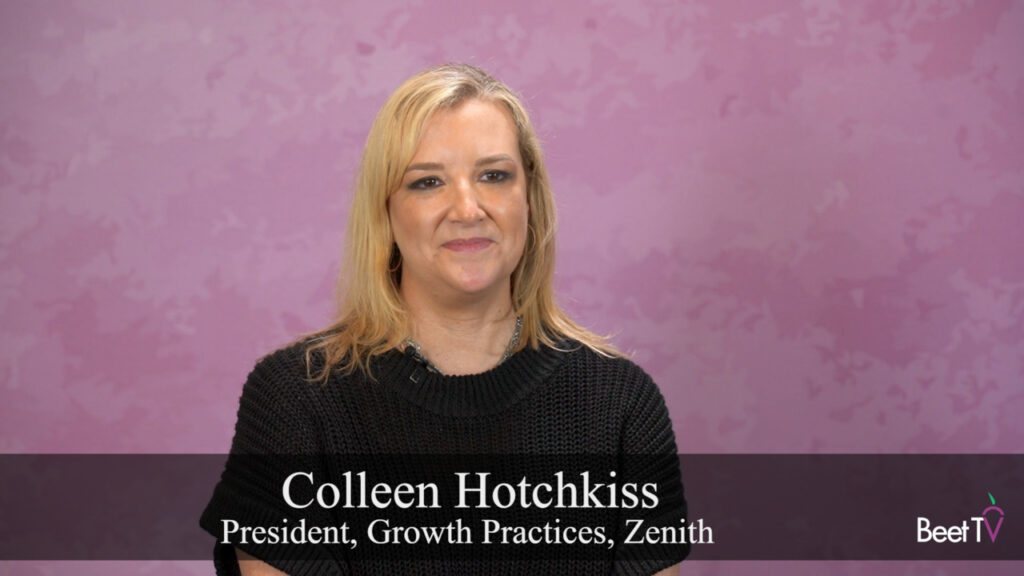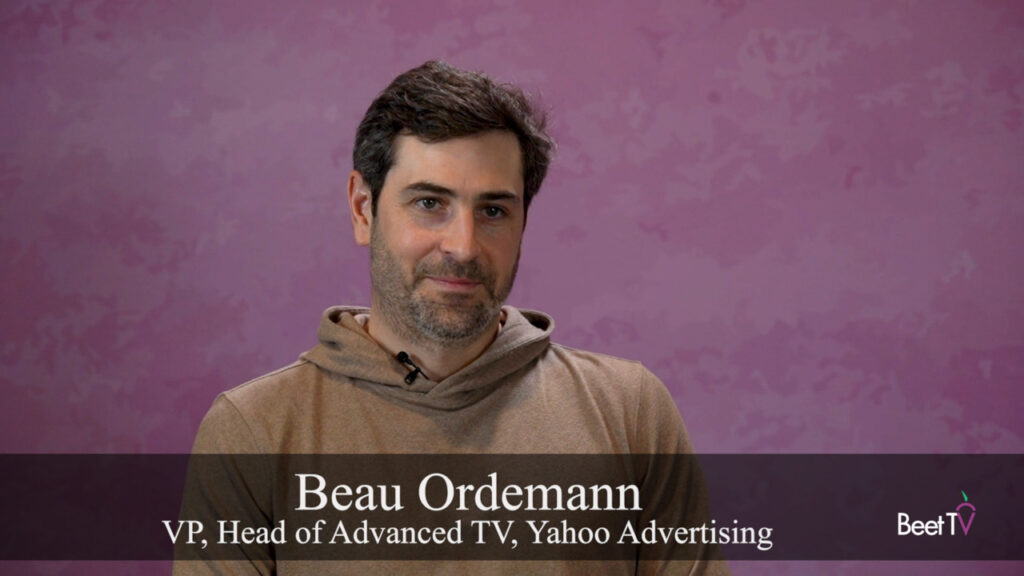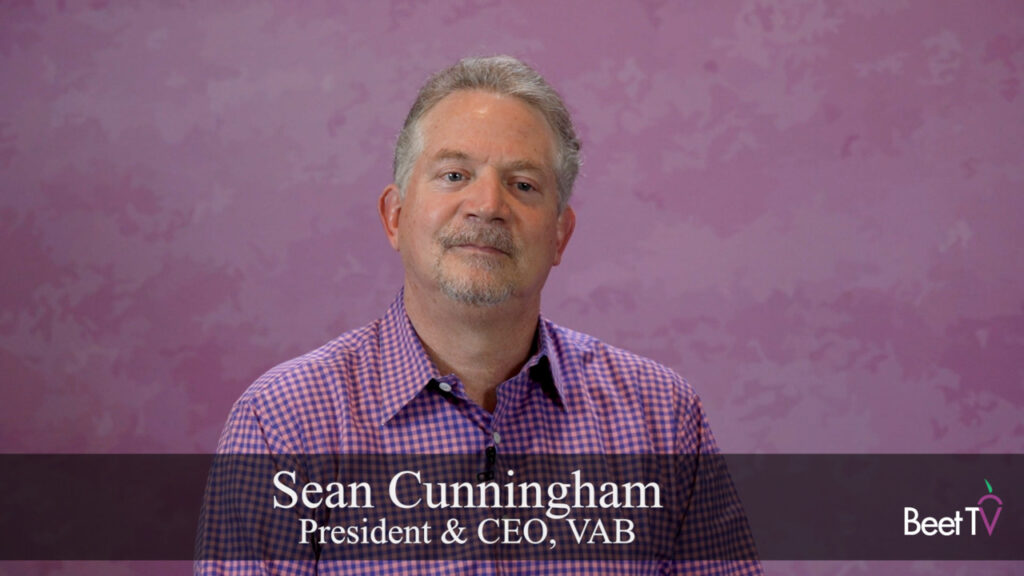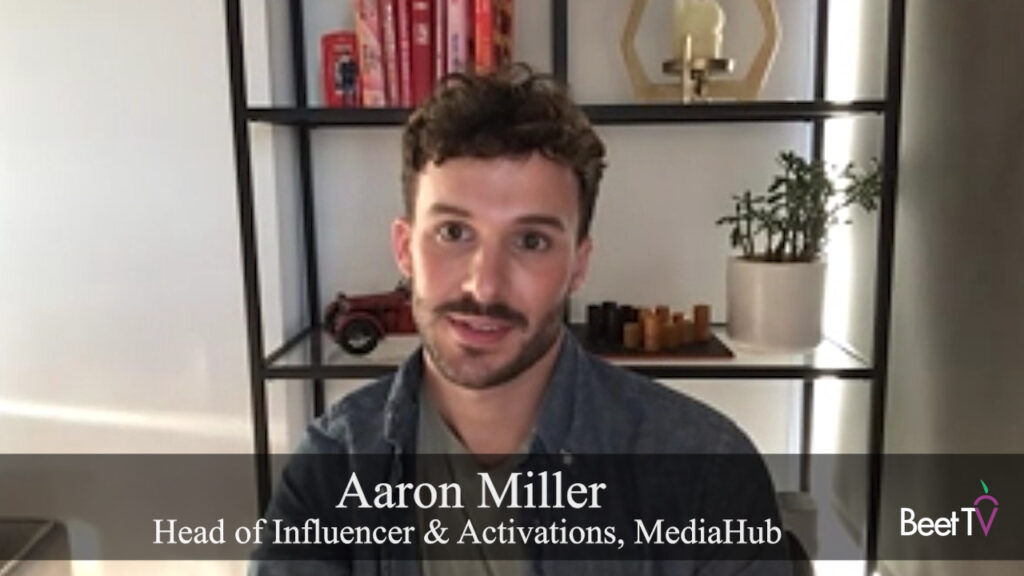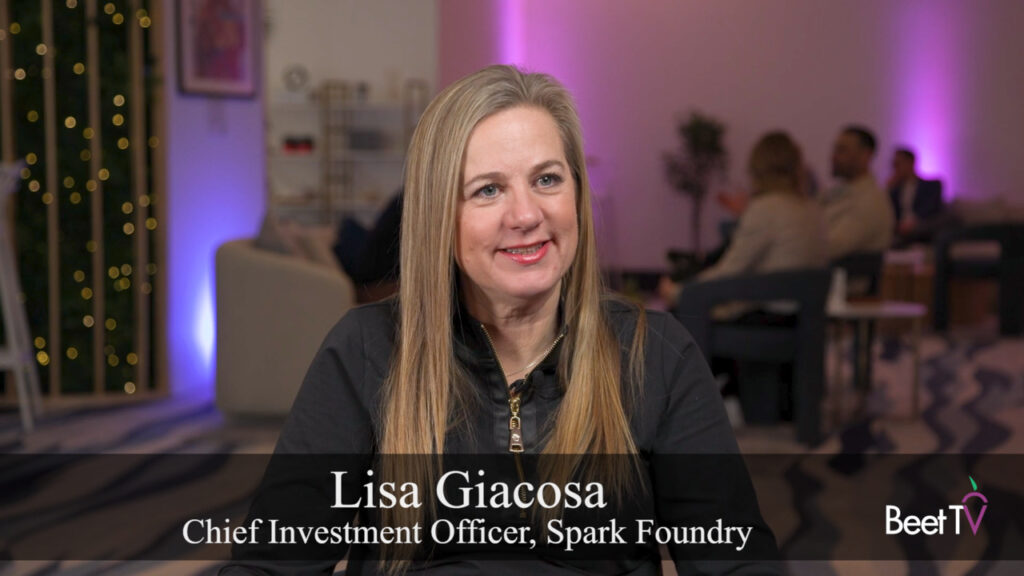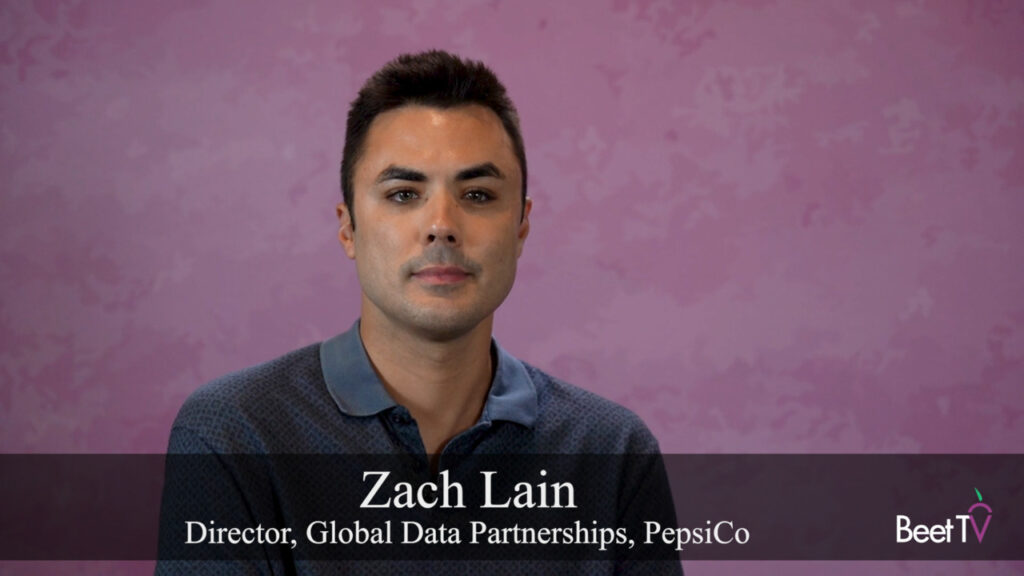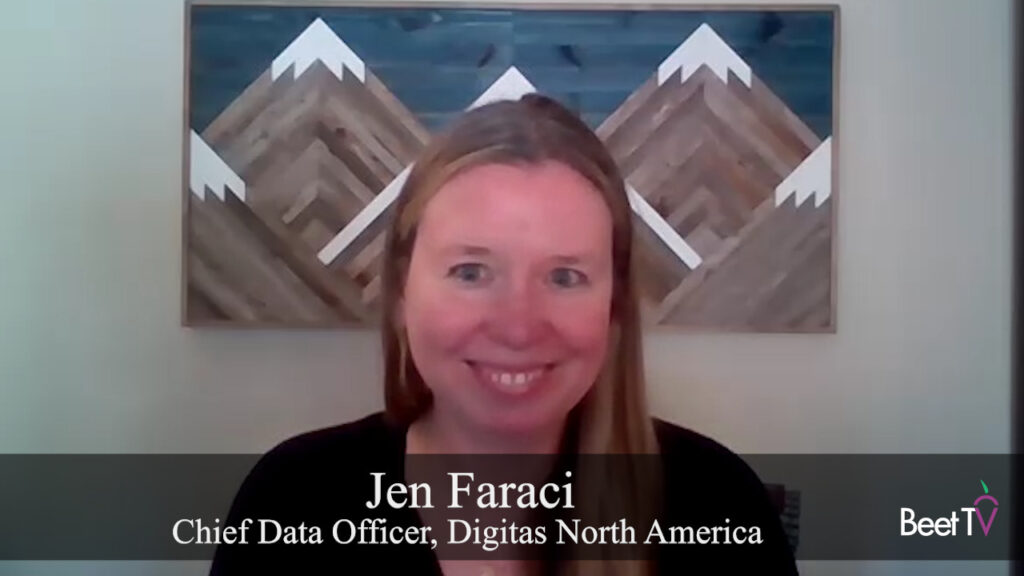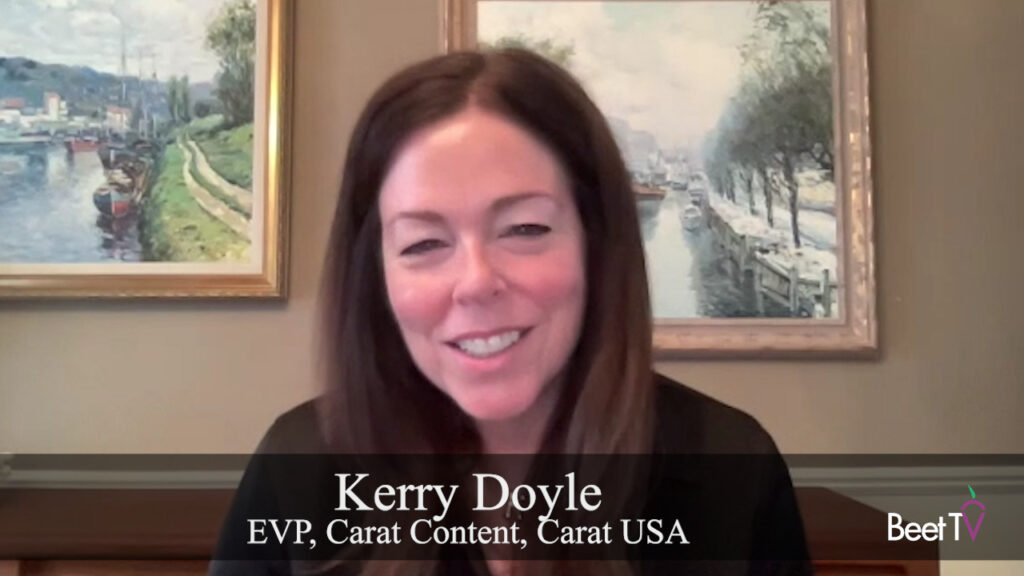Where does a beer brand go to market when bars are shut and sports competitions are sidelined?
In Molson Coors case, down the “rabbit hole”. That is the name the brewer gives to digital media in which audiences can bury themselves away from the pandemic reality.
In this video interview with Beet.TV, the company’s North America VP of media and consumer engagement, Brad Feinberg, explains how Molson Coors has adapted to stresses placed by the COVID-19 pandemic.
Targeting escapism
“Seeing that a lot of people were migrating towards things like OTT and digital media and social media, seeing huge spikes and activity there, those were places, obviously, we felt really confident in investing our dollars,” Feinberg explains.
“We are a big partner of places like Hulu. We’ve made a strategic bet to be one of the first investors from a brand standpoint in Peacock when it launched last month and we continue to invest heavily in partnerships with like a Twitch and a Reddit.
“These places that we define as ‘rabbit hole media’ are the places where people are just diving into and using as a way to occupy their time or a little bit of an escape of what’s going on in the world around them.”
Empathetic beverages
For its creative, Molson Coors has added a new line in purpose-driven messaging.
That includes empathisizing with out-of-work bar staff, by contributing and inviting contributions to a “virtual tip jar”, as well as inserting itself into the news agenda, by supplying beer to a 93-year-old woman who became a viral celebrity when, during lockdown, she issued a plea: “I need more beer!”
Molson Coors partners with the @EqualityFed on our Tap Into Change program, which gives back more than $100,000 annually to support the mission of LGBTQ and HIV/AIDS related nonprofits. Over the last nine years, Tap Into Change has raised nearly $500,000 toward these causes. pic.twitter.com/tjNjgSCUgH
— Molson Coors Beverage Company (@MolsonCoors) June 14, 2020
Ghost sports
Closed bars plus lack of sports add up to a big problem for beverage brands.
Molson Coors, for example, has more than 30 alliances with different sports teams around the country, as well as music venues. The absence of sports TV has left a hole in Molson Coors audience out-reach.
Off-premise beer sales are off the charts. On-premise sales barely register. In strange times, brewers are turning to an age-old strategy to sell beer. https://t.co/7roK7VnP1o pic.twitter.com/ECTvOjBJrY
— Molson Coors Beverage Company (@MolsonCoors) June 10, 2020
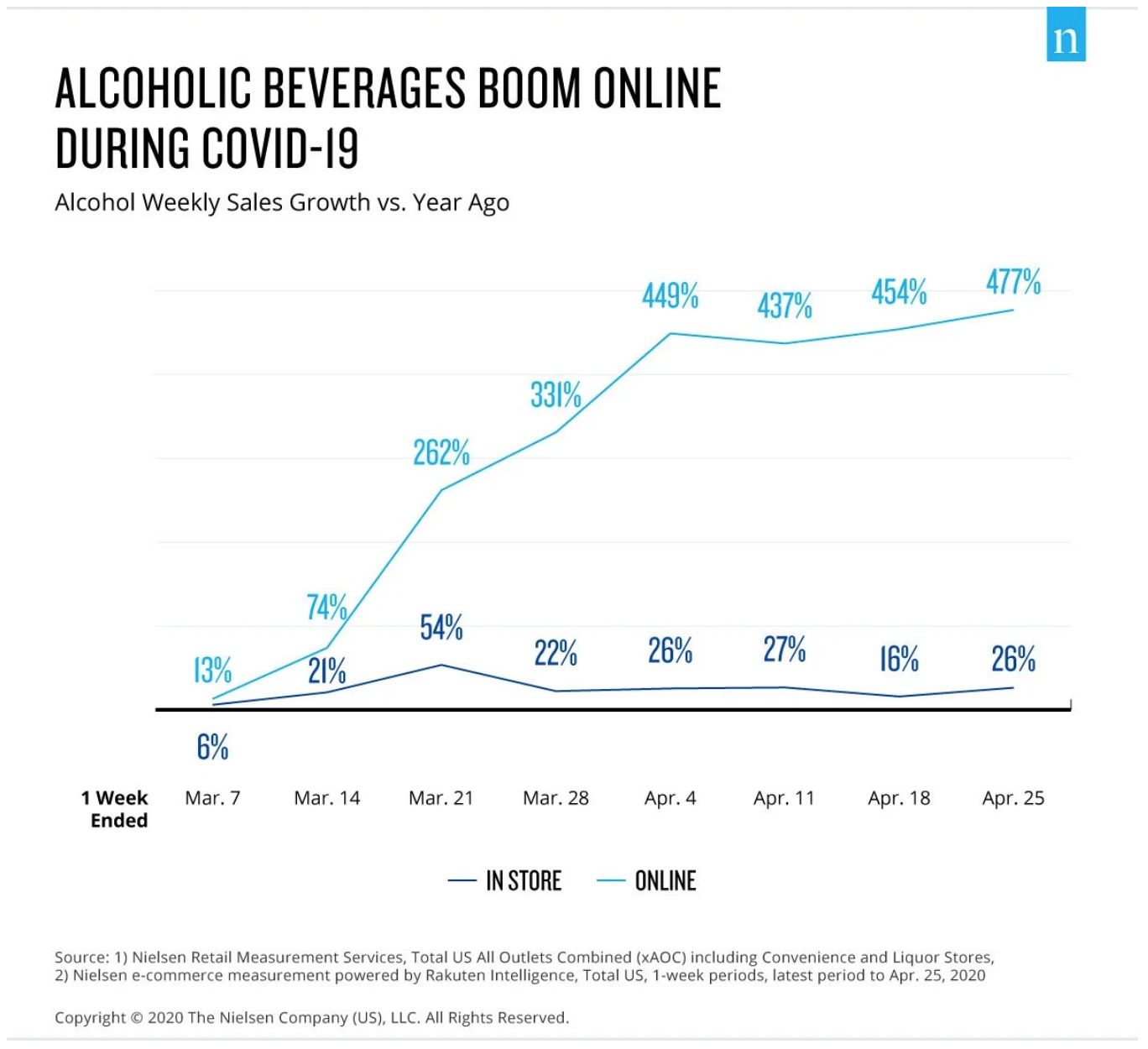
Although there has been an uptick in domestic beverage sales, it was hit by the cancellation of the NCAA competitions and of the Summer Olympic Games.
“We had to look for ways to reach fans of those sports or interests in other places that they were seeking for content,” Feinberg says.
In place, Molson Coors has been using a new breed of TV ad targeting technology that can nevertheless find sports fans regardless of whether they are watching sports programming.
“That led us to using different types of marketing tools available to us that allowed us to say ‘where are sports viewers or consumers of sports content, where are they going to seek out that connection to that world when the live activity wasn’t going on?’.
“ESPN or some of our other partnerships were very accommodating and wanting to partner with us to look for ways to bring our brands to life in a sports environment without actually being in live action sports.”
This video is a preview in a series leading up to the 2020 IAB NewFronts. Please visit this page for additional segments from the Road to the NewFronts 2020. This Beet.TV series is presented by the IAB.






